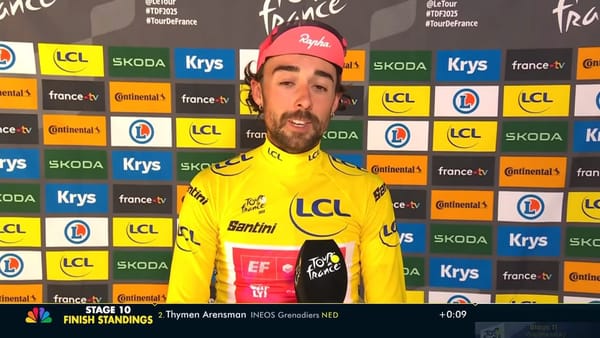How Trek Removed 433,600 lbs. of Plastic from its Packaging

This is great to see. As the plastic recycling lie has fully come to light, I’ve been auditing which products in my life use plastic in wasteful ways. Reduce has always been the key, nice to see a company, and a heavyweight at that, have a plastic-free packaging goal.
From Trek Bikes
Eliminating all plastic waste is not a one-and-done deal. Packaging is crucial in the bike industry. It keeps our products safe and undamaged from the factory to your doorstep. Each change in how we package bikes and products is vetted, and we measure effectiveness and environmental impact. These changes are tried and true improvements of our packaging models, and we could not be more excited to share our progress.
We took a custom approach to reducing plastic waste for each of our products, and the amount of plastic we were able to remove from our packaging varied depending on model specifications, the products’ material composition, and how much assembly was required after the product left our warehouse.
Because of this, some bikes saw a reduction of 7 plastic parts per box while others bid farewell to 42. Our aftermarket products, which are smaller and generally require less packaging, shed a plastic bag or zip tie here or there.
We asked: what are the biggest pieces of plastic or foam? What purpose do they serve? Can cardboard or paper do the same thing? Following that process, we were able to eliminate the following pieces from most bike boxes:
- Down tube foam and plastic wrap
- Top tube foam and plastic wrap
- Seat tube foam and plastic wrap
- Head tube foam and plastic wrap
- Crank arm foam wraps
- Chainstay bubble wrap
Some plastic packaging is harder to replace with a suitable recyclable counterpart. In some instances, we opted for a plastic option that’s easier to recycle or up-cycle. Some examples include plastic wraps for smaller components, which we replaced with more durable Ziploc-style bags, and zip ties, which we replaced in some cases with nylon string. Some of these changes may seem small, but their cumulative effects produced some staggering changes in Trek’s plastic footprint.
Read the full story at TrekBikes.





